Here are some pictures to update my thread. I am slowly working on assembling the 408 stroker.
Cam in.
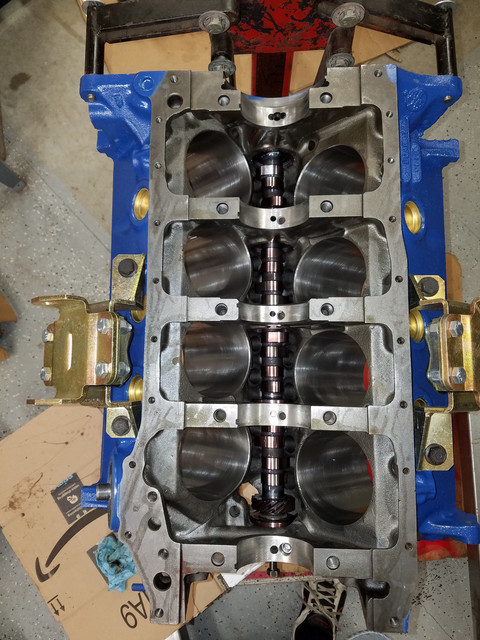
King bearings. I ended up using the STDX bearings instead of the pictured STD. The X are 0.001 thinner to allow for a 0.001 larger clearance.
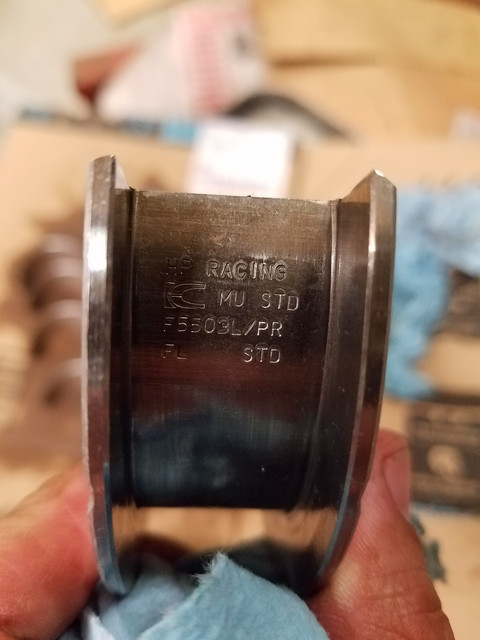
Crank in
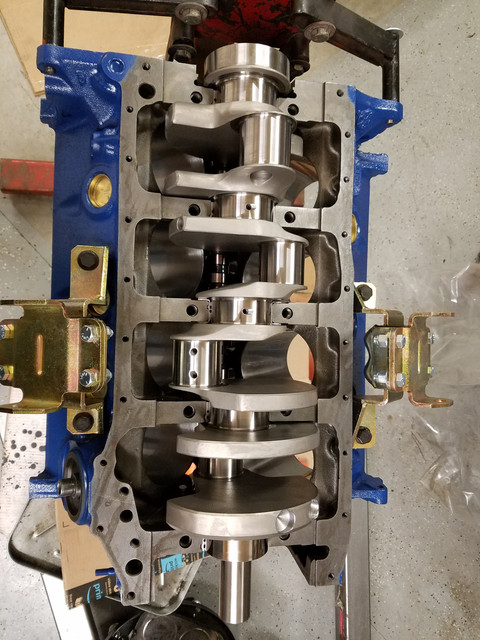
Rods and pistons in.
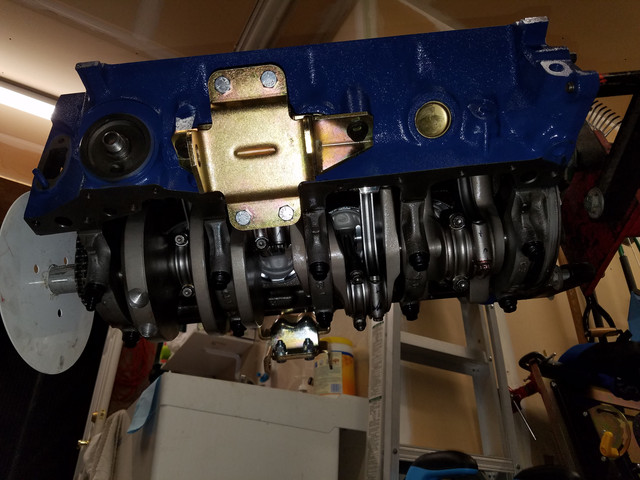
Pistons in. All clearances and gaps checked.
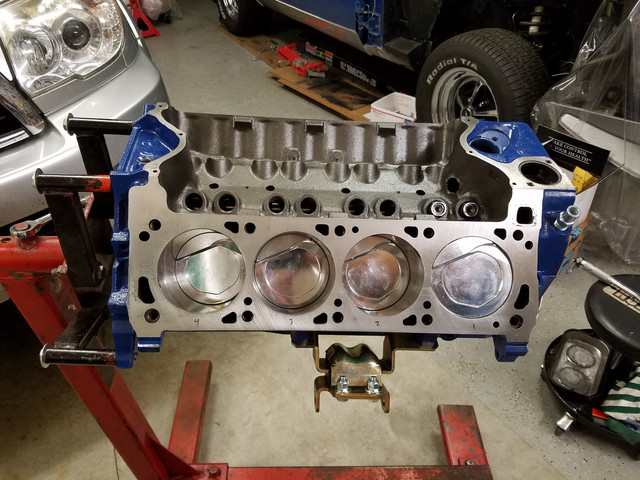
Roller rockers and retrofit kit.
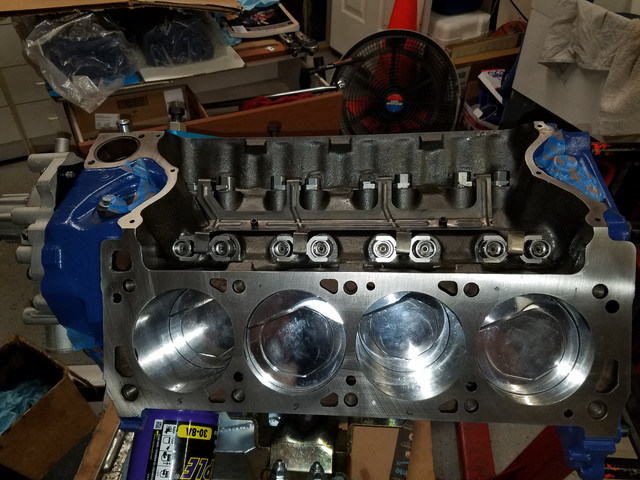
Cam thrust plate, timing chain in, cam degreed.
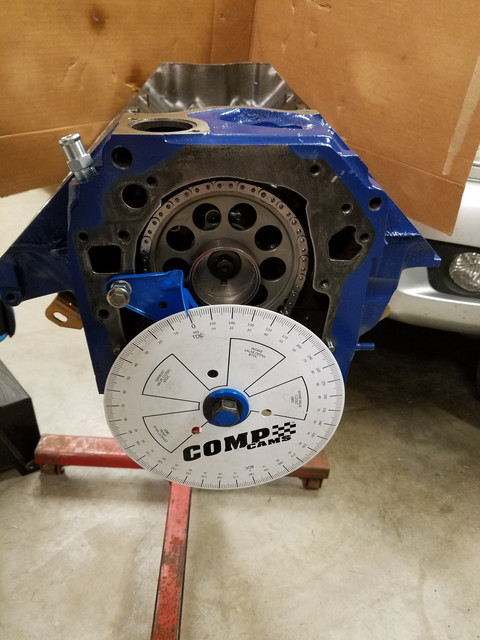
Oil pan, water pump, timing cover and harmonic balancer in.
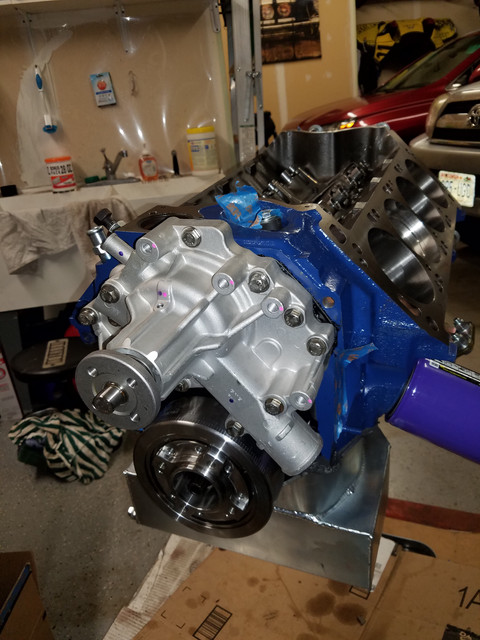
Head studs and gasket in proper orientation.
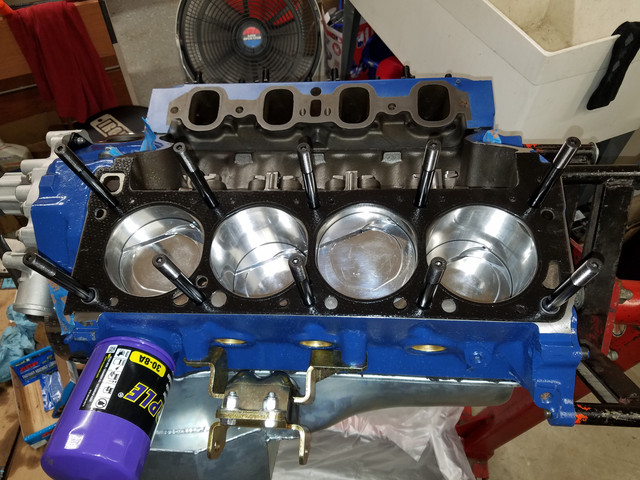
Preassembled heads, guide plates, testing for push rod length while priming pump (hence oil pressure gauge)
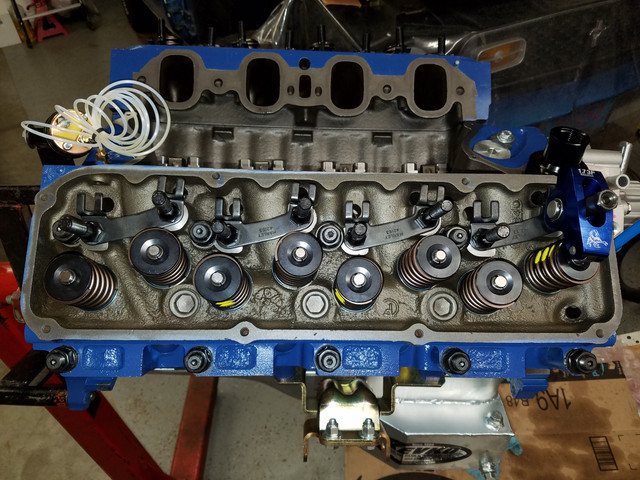
View of intake valve through port.
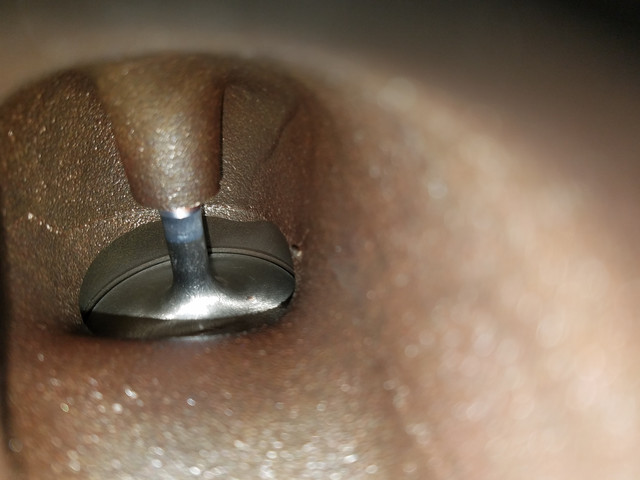
Engine close to being ready for testing. I am waiting for the push rods so the covers are just in place for the picture.
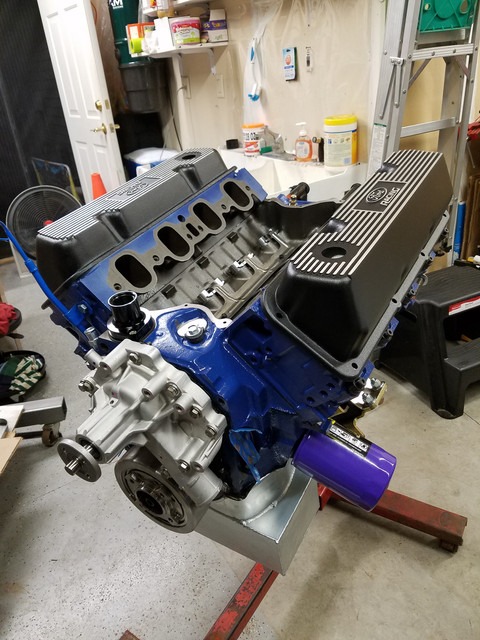
It finally looks like an engine!


























































